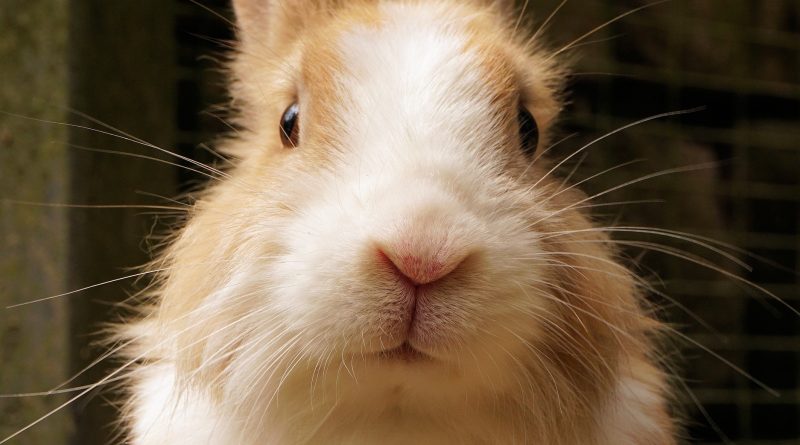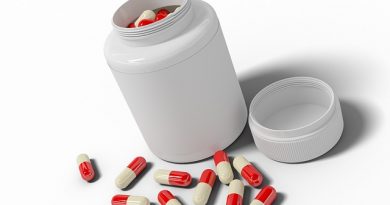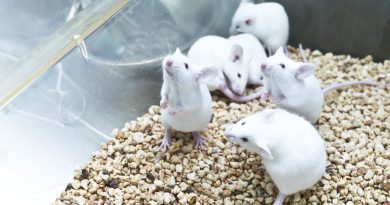ADAV’s Research Director, Nicole Corrado Comments on Toxicology Testing Done in Canada for a Copper Product called the Intelligent Sink Trap.
Image by Andreas Lischka from Pixabay
Sadly, toxicology testing on animals continues in Canada. ADAV’s Research Director, Nicole Corrado regularly submits comments to the Government of Canada as part of their consultation process: https://pest-control.canada.ca/public-engagement-portal/en/forms/consultation-comment. Below is the feedback she provided on cruel testing on animals for a product called the Intelligent Sink Trap. Animals were burned, blinded, smoked, and force fed copper pieces of this product to prove copper is safe. The government has a long ways to go to make good on it’s promise to end toxicology testing on animals.
From Nicole Corrado:
“Toxicology studies in laboratory animals describe potential health effects from varying levels of exposure to a chemical and identify the dose where no effects are observed. When assessing health risks, two key factors are considered:
- the levels where no health effects occur and
- the levels to which people may be exposed.
The levels used to assess risks are established to protect the most sensitive human population (for example, children and nursing mothers). As such, sex and gender are taken into account in the risk assessment. Only uses for which the exposure is well below levels that cause no effects in animal testing are considered acceptable for registration.
The end-use product, Intelligent Sink Trap, is a copper (metallic) ion generating device. Potential exposure to copper (metallic) may occur when handling the device. In laboratory animals, copper (metallic) was of slight acute toxicity via the oral route, low acute toxicity via the dermal route, moderate acute toxicity via the inhalation route, moderately irritating to the eye, mildly irritating to the skin and not a dermal sensitizer.
Copper is a naturally occurring metal that is present in many foods and in drinking water. Copper is also an essential element in maintaining normal health in humans, with adverse effects more likely to result from copper deficiency rather than excess.
There was no evidence of copper being carcinogenic or resulting in any other systemic toxicity in animals having normal copper homoeostasis. Available studies in animals generally indicate that the main concern for reproductive and developmental effects is associated with copper deficiency rather than excess.”
In other words, animals were burned, blinded, smoked, and force fed copper pieces of this product to prove copper is safe. We know copper is natural and relatively safe, but cruel animal testing was conducted because this drain cover is classified as a “pesticide”. Please ban product testing on animals.




